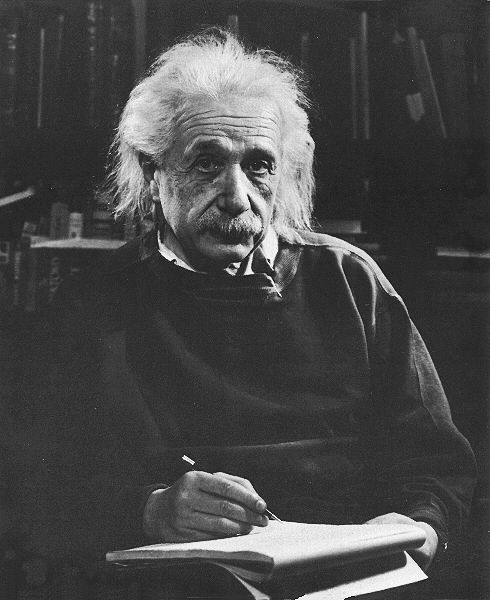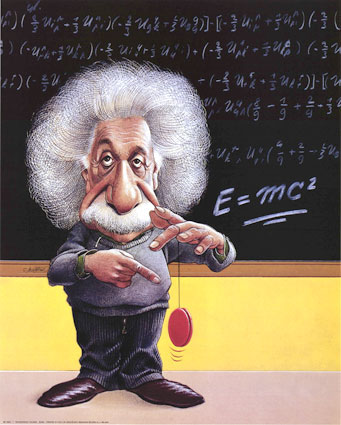
Einstein in 1947, from Pictures of Physicists.

These are some of the implications of Einstein's "miraculous year." Even though these works changed the way we interprete the physical world, Einstein's most impressive work still lay ahead of him. In 1916 he published the paper that established general relativity and eventually lead to the study of such excotic objects as black holes.


Go to the E=mc2 Supplement section.